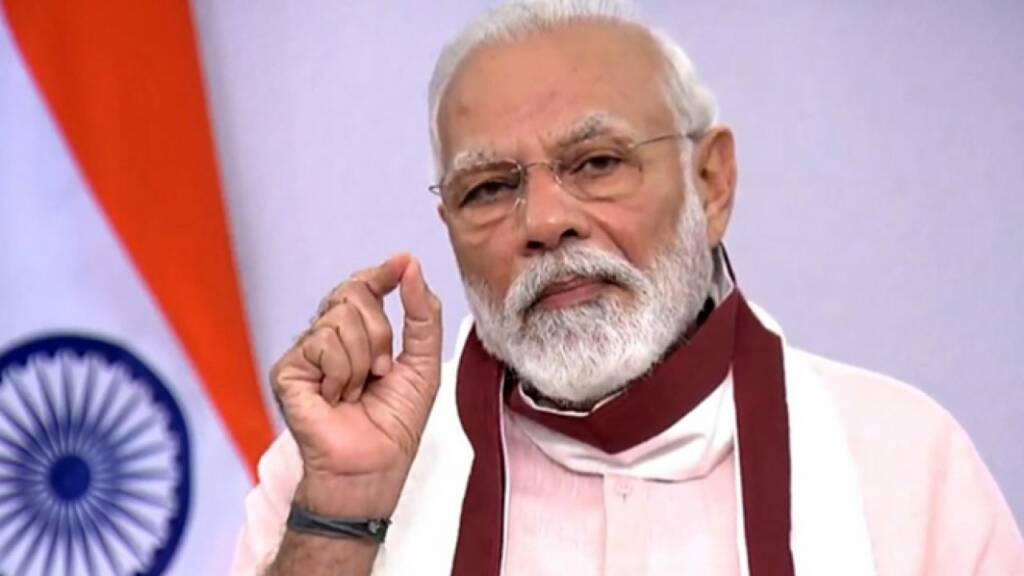In March, we at TFI had reported that the NITI Aayog, Department of Pharmaceuticals, Finance Ministry and the Prime Minister’s Office were together working on a blueprint to slowly shift Active Pharmaceutical Ingredient (API) manufacturing facilities from China to India.
In July, the government notified a 7,000 crore rupees production-linked incentive (PLI) scheme to promote domestic manufacturing of API or raw materials that are used to manufacture drugs. As per the Department of Pharmaceuticals, Ministry of Chemicals and Fertilizers, “India is significantly dependent on import of some of the basic raw materials, viz., bulk drugs that are used to produce the finished dosage formulations.”
Bulk drugs accounted for 63 percent of total pharmaceutical imports of the country. India is largely self-dependent in end-product manufacturing but for raw materials, it is dependent on imports from China. Therefore, the PLI scheme, which worked very well in electronics manufacturing, was also implemented in the pharmaceutical sector in July.
Now, to accelerate and further incentivize the domestic manufacturing of APIs, the government has removed the minimum investment limit of 400 crore rupees to seek PLI benefits. Earlier, many pharmaceutical producers had pointed out that because of the minimum investment limit, there were few takers of the scheme in certain sectors like fermentation-based products and chemical synthesis based category.
The broadening of the PLI incentive would prove a huge setback to China which supplies around 70 percent of India’s API needs and is dominant in categories like chemical synthesis. “The change has been made to encourage efficient use of productive capital as the amount of investment required to achieve a particular level of production depends upon choice of technology and it also varies from product to product,” reads the government notification.
The pharmaceuticals sector is among the fastest-growing sectors in the country with double-digit growth in the last few years. India is the third-largest manufacturer of drugs by volume and 14th largest by value. And, it also accounts for 3.5 percent of the total drugs exported globally. The domestic capability for manufacturing is already there, all the country needs is technological efficiency and also domestic production of API to become Atmanirbhar and a major exporting hub.
Currently, the industry has an annual revenue of around 1.3 lakh crore rupees or 33 billion US dollars. The largest players are Dilip Shanghvi led Sun Pharmaceutical, Lupin Limited of Desh Bandhu Gupta, Dr. Reddy laboratories of Reddy’s, Cipla, Aurobindo Pharma, Piramal Enterprise, Glenmark Pharmaceutical, Torrent, Biocon, and Serum Institute. Many Indian billionaires made their fortunes in the pharmaceutical sector, and it is arguably the largest sector in terms of the number of billionaires after the Information Technology-BPM sector.
By localising the chemicals industry, India is ensuring that it doesn’t have to remain dependent on China for procuring active pharmaceutical ingredients (APIs)– a key raw material in the Pharma sector any longer. The move is as much a part of Prime Minister Modi’s atmanirbhar (self-reliance) campaign, as it is a part of his crusade to punish China.
The Modi government knows that the Chinese economy is already passing through a painful phase, with Japan and the US decoupling from the Dragon. Moreover, Beijing isn’t really finding any respite from the Brussels-based European Union either. India, therefore, finds a perfect opportunity to bank upon China’s troubles through applications ban and other restrictions directed at the Chinese economy.
